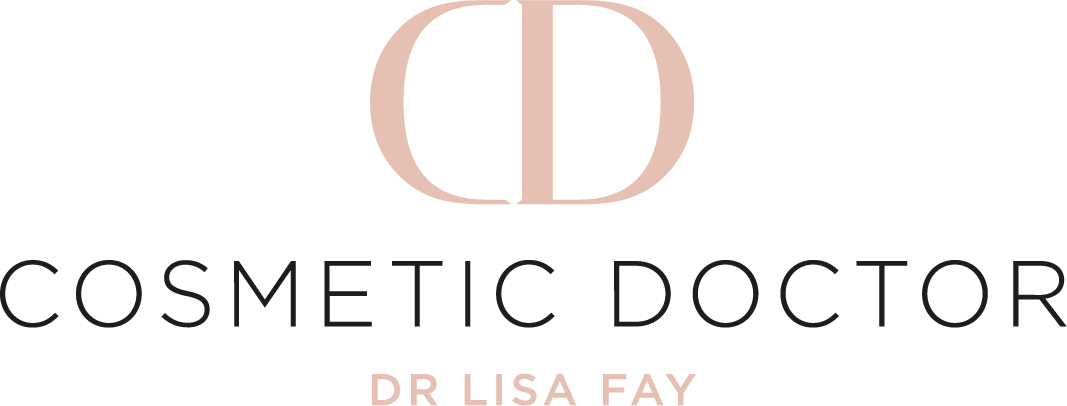22 Square feet of skin – Explained
It’s astounding to think that humans have a surface area of about 16 to 22 square feet. This skin isn’t a mere tarpaulin to keep all our bits from spilling out; it’s a complex protective barrier.
The skin is an organ in its own right, serving to regulate excretion of metabolic waste products, regulate temperature, and is comprised of many receptors for pain, tactile sensation, and pressure.
The health of this all-encompassing organ reflects in its appearance, which in turn is affected by the lifestyle and nutritional habits you have, as well as age-related factors such as hormone balance and environmental damage.
Our skin is an accurate reflection of what is going on inside our bodies. As it’s so visible to everyone, signs of illness, ageing, alcohol or tobacco abuse; UV damage etc. are all the more evident.
When we overindulge in food, raising our blood sugars, biochemical reactions disrupt the very framework deep in the structure of the skin. A combination of interior and exterior factors lead to a cumulative deterioration in skin function and appearance.
Ageing Skin
The ageing process will see loss of fibrous tissue like collagen; slow rate of cellular renewal; impairment of the barrier function that used to help keep skin hydrated, and the flattening of the subcutaneous tissue in the face, leading to lost volume.
Normal physiological functions also take a hit as the years roll by – in fact depending on genetics and lifestyle, they can decline by 50% in middle age.
So there you have it – the slightly depressing, scientific truth about ageing. The good news is that you can take preventative steps to support your skin’s intrinsic defence mechanisms to dramatically slow, and even reverse, the signs of ageing.
Skin Anatomy and Function
There are three distinct layers to your skin.
The epidermis (outer-most layer) is made of a tough protein keratin, which lends strength, and melanin, found in the basal layer, which is responsible for skin colour. Important cellular components in immune recognition of pathogens, called Langerhans cells, also reside in the epidermis, which provides protection against the environment, the stratum corneum being the primary barrier.
The dermis is just beneath the epidermis and provides a kind of scaffolding for strength and support. It contains nerves, blood vessels and fibroblasts that provide sensory receptors, deliver nutrients, and maintain the structural foundation of the skin. It’s within this layer we find collagen, the fibrous protein whose primary function is to maintain skin firmness. Elastin protein fibres combine with collagen to give the skin elasticity. At the base of this layer lie a variety of complex sugars; hyaluronic acid, glycoproteins and others which form a kind of gelling base to bind to water molecules to allow oxygen and nutrients in to protect the dermal layer. It’s here that new cells are made, which migrate up towards the outer skin layers.
The bottom layer is the hypodermis, which contains adipocytes (fat cells) to help insulate the body, as well as other connective tissues.
Regulating body temperature is the job of sweat glands, and sebaceous glands help prevent dryness while guarding skin against bacteria.
Skin Ageing: The Contributing Factors
The rate at which skin ages is impacted by physical and psychological stress, alcohol intake, poor nutrition, overeating, environmental pollution, and UV exposure.
Intrinsic skin ageing is determined by genetic factors, hormonal status and metabolic reactions, such as oxidative stress. Genetics play a large part in cellular ageing, where the cells get old and stop replicating. This can be caused by DNA damage; UV radiation, or just old age. Because our skin cells divide so rapidly, any DNA damage accumulates with age, making them vulnerable.
Hormonal decline greatly impacts deterioration of ageing skin, particularly oestrogen changes during perimenopause and menopause proper, making cellular renewal sluggish and causing thinning in the epidermal and dermal layers. It’s more difficult to maintain hydration, strength and elasticity as a result.
Oxidative Stress; UV radiation and pollution all play a role in producing free radicals, which can wreak havoc in the environment of skin, causing blotchiness and hyperpigmentation; wrinkles and lax, sagging skin.
Oxidative stress breaks down collagen, alters cellular renewal cycles, damages DNA, and promotes the generation of inflammatory skin diseases.
UV Radiation and “Photoageing”
A series of biochemical reactions occur within the skin when it is exposed to excess UV radiation; chronic sun exposure damages the dermal connective tissue and alters normal skin metabolism, degrading collagen to lose suppleness.
Ironically, the ‘tan’ so often associated with health and vitality is actually evidence of skin damage, and represents the skin’s attempt to protect itself from further damage.
Smoking
Do you really know what smoking does to your skin? Well, on the molecular level, tobacco smoke produces oxidative stress, impairs circulation, and triggers DNA damaging reactions. “Smokers skin” is characterized by increased lines and wrinkles, uneven tone, dehydration, dull and frail skin.
Treatments and Procedures to Combat Skin Aging
Advancements within the cosmetic and medical aesthetics industry have increased exponentially over the last 20 years, as people seek treatments with the least amount of down time and minimal risk.
Some of the treatments available at Cosmetic Doctor to help minimise the appearance of ageing include lasers, intense pulsed light, hyaluronic acid based fillers, botulinum toxin (BOTOX®), chemical peeling, radiofrequency, and Dermabrasion procedures.
Medically supervised treatments such as exfoliation-type (microdermabrasion) or chemical peels are also highly effective in rejuvenating the skin, bringing a radiant glow and softening fine lines and wrinkles.
Cosmetic Doctor can also help restore volume, smooth skin appearance and minimize fine lines and wrinkles with semi-permanent anti-wrinkle injectables and dermal fillers.
Every patient is different, so Dr. Fay of Cosmetic Doctor will perform a comprehensive evaluation of your skin, identifying areas of concern and advising you on the most effective solutions for you.
To book a skin consultation, call Cosmetic Doctor on 01 685 3100.
